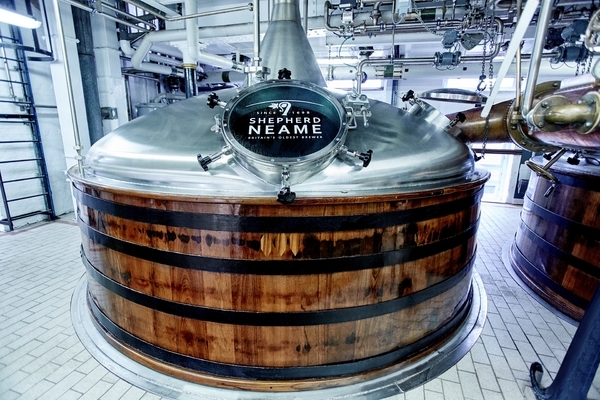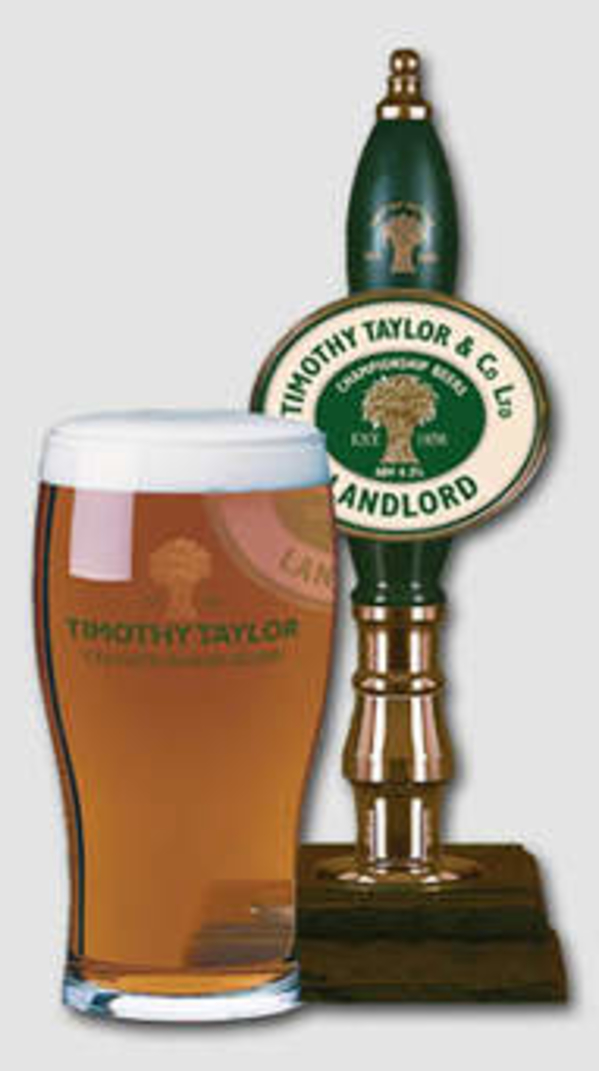Cask beer is climbing out of the grave
Added: Tuesday, March 26th 2019

Don’t write off real ale: it has a habit of clambering back over the precipice. Undeniably, it had a bad time in 2018 but there are signs of a vigorous recovery.
This newspaper reported last month that Thornbridge, a major new-wave brewery, is producing more cask beer today than at any time since it opened. Chief executive Simon Webster said there was such a clamour for Thornbridge cask beers at the Great British Beer Festival last August that an additional delivery had to be rushed to Olympia to satisfy the thirsty crowds.
Simon added that he was determined to move the brewery away from the image of real ale as a flat, brown beer. His brewing team has developed an exciting range of beers, ranging from flat white pale ale to ice cream porter.
The good news was consolidated by BrewDog and Cloudwater, who announced they were returning to cask beer production. Both have been implacably opposed to cask for some time -- several years in the case of BrewDog – and this was further proof of brewers meeting a genuine demand for real ale.
The most dramatic news of all came from Shepherd Neame in February. Britain’s oldest brewery, dating from 1698, launched Cask Club, a major promotion for the style, with a new beer every month. The club includes a passport scheme that will enable drinkers in Sheps’ pubs to win T-shirts.
The Faversham brewery, in the heart of the Kentish hop fields, is a major player in the industry. It owns 332 pubs and produces 220,000 barrels of beer a year. Head brewer Mike Unsworth echoed Simon Webster at Thornbridge when he said he wanted to shake off the old-fashioned image that cask ale sometimes projects. “We want to bring more people to what believe is one of the best drinks in the world,” he said.
The scheme started with Hop County Hopping Mad Pale Ale (4.8%), a golden ale with a citrus kick from English-grown Cascade hops. This month will see a collaboration beer with Samuel Adams of Boston, Massachusetts, called Blonde Ambition (4.2%).
These promotions for cask are the result of hard-headed business decisions. Producing real ale means investing in casks – which don’t come cheap – and installing racking lines in breweries if they don’t already exist. And bar staff that may not have handled cask beer before have to be trained in the rituals of tapping and spiling, and allowing beer to settle.
Shepherd Neame’s backing for cask is especially interesting. When I spoke to chief executive Jonathan Neame last year, he told me cask has been a minority product at the brewery. As well as the large pub estate, Sheps has some 3,000 free trade outlets to supply, including supermarkets. The brewery has always been a major producer of bottled beer and also makes a large amount of keg.
This makes the launch of Cask Club all the more cheering. It comes as a result of market research and in-depth discussions with consumers about attitudes to cask ale and the styles of beer they prefer.
As both Simon Webster and Mike Unsworth say, drinkers want beers with robust and even challenging flavours. Young brewers in both Britain and the United States have dared to broaden the boundaries of beer. They have heightened our appreciation of hops by using bold new varieties that burst with fruity aromas and palate.
And they have added to the malt base with spices, herbs, coffee and chocolate to deepen flavour. It doesn’t always work – I recall with horror a chocolate chilli stout from the U.S. that almost required major surgery on my tongue – but what is inspiring about the new generation of brewers is that they dare to fail.
The most remarkable and cheering news this year is that Timothy Taylor’s Landlord has become a cult beer among young drinkers. Brewers can experiment as much as they like, but there will always be room on the bar for a good old pint of bitter.
•First published in What’s Brewing, April 2019







